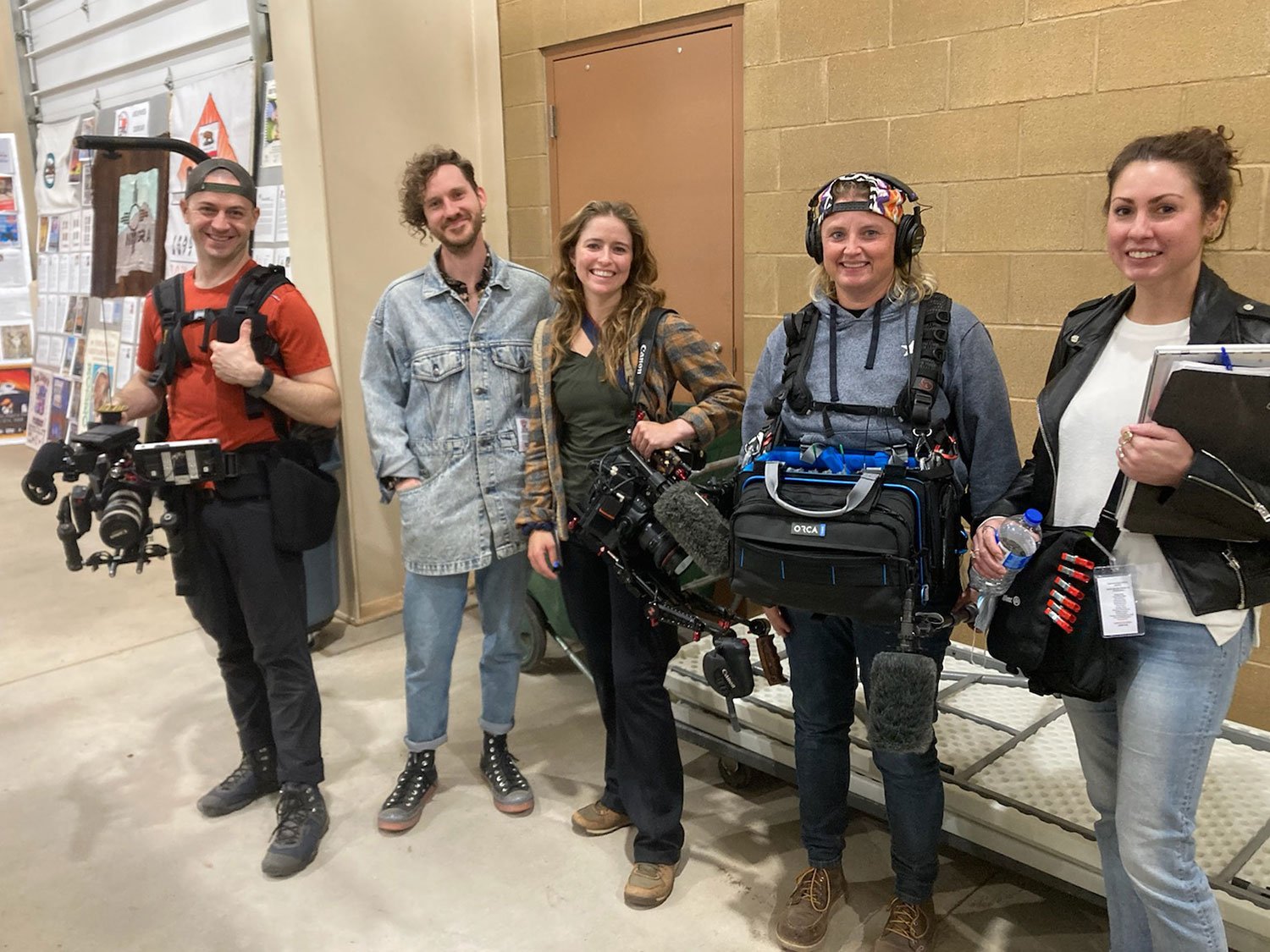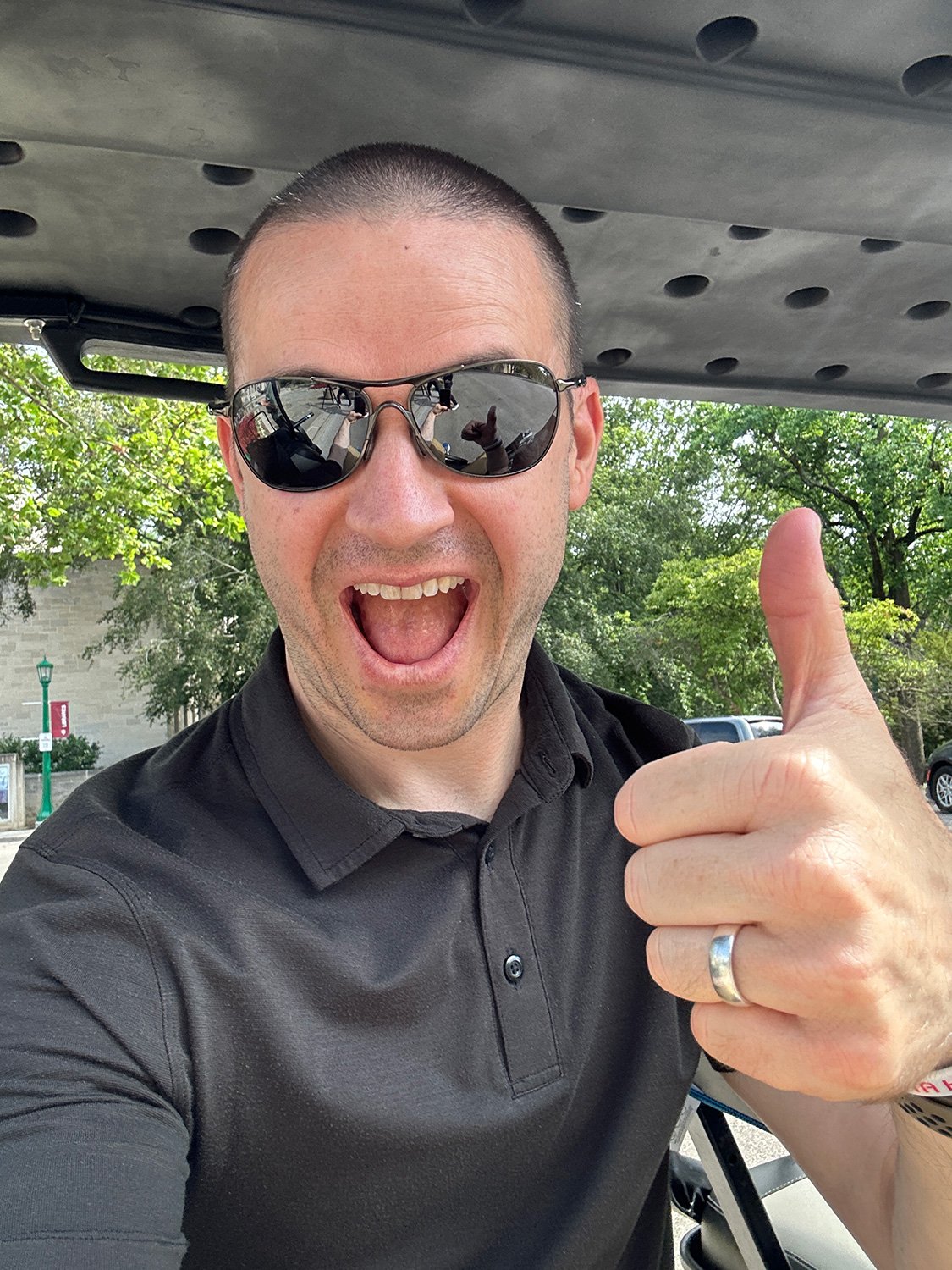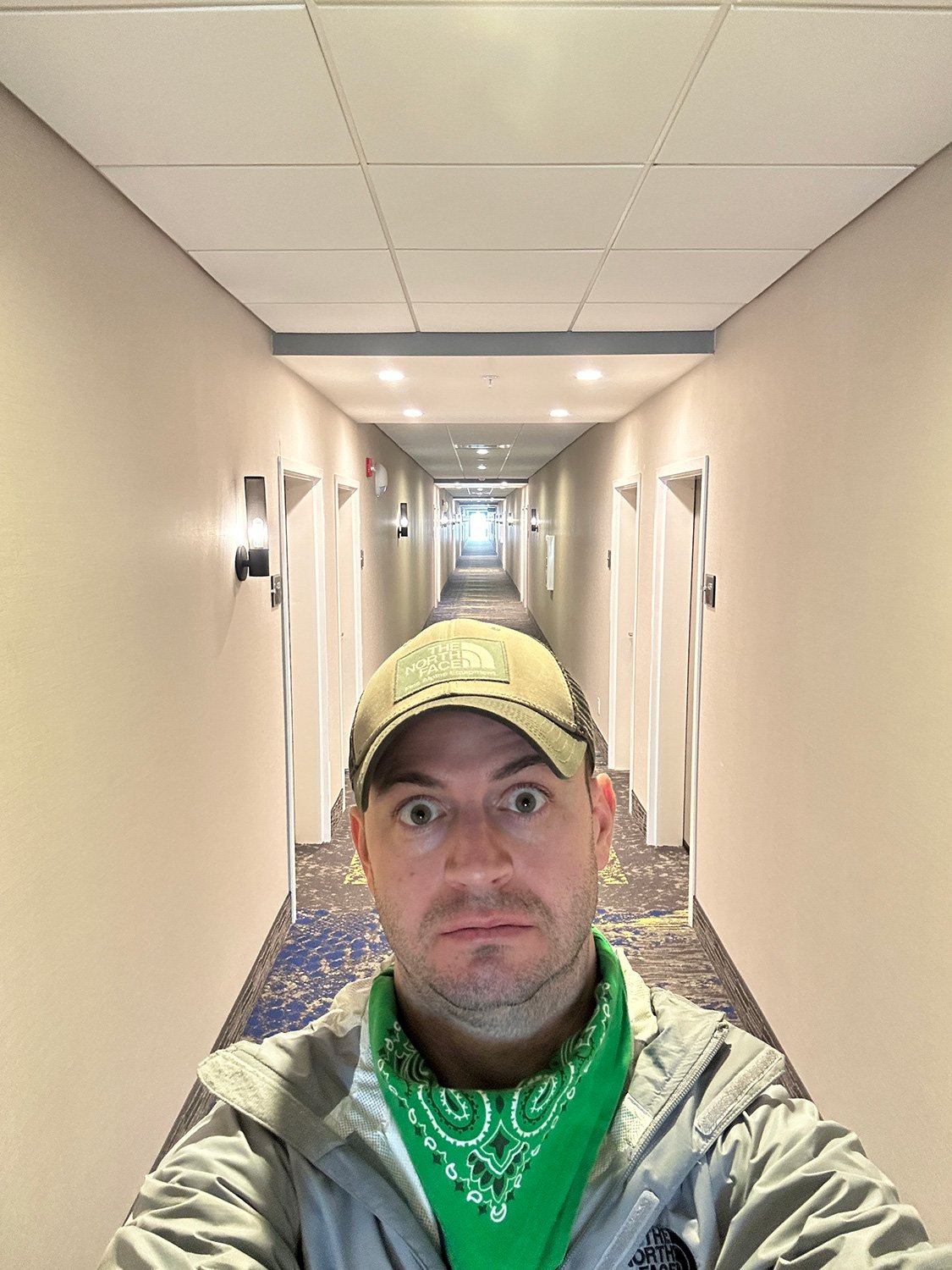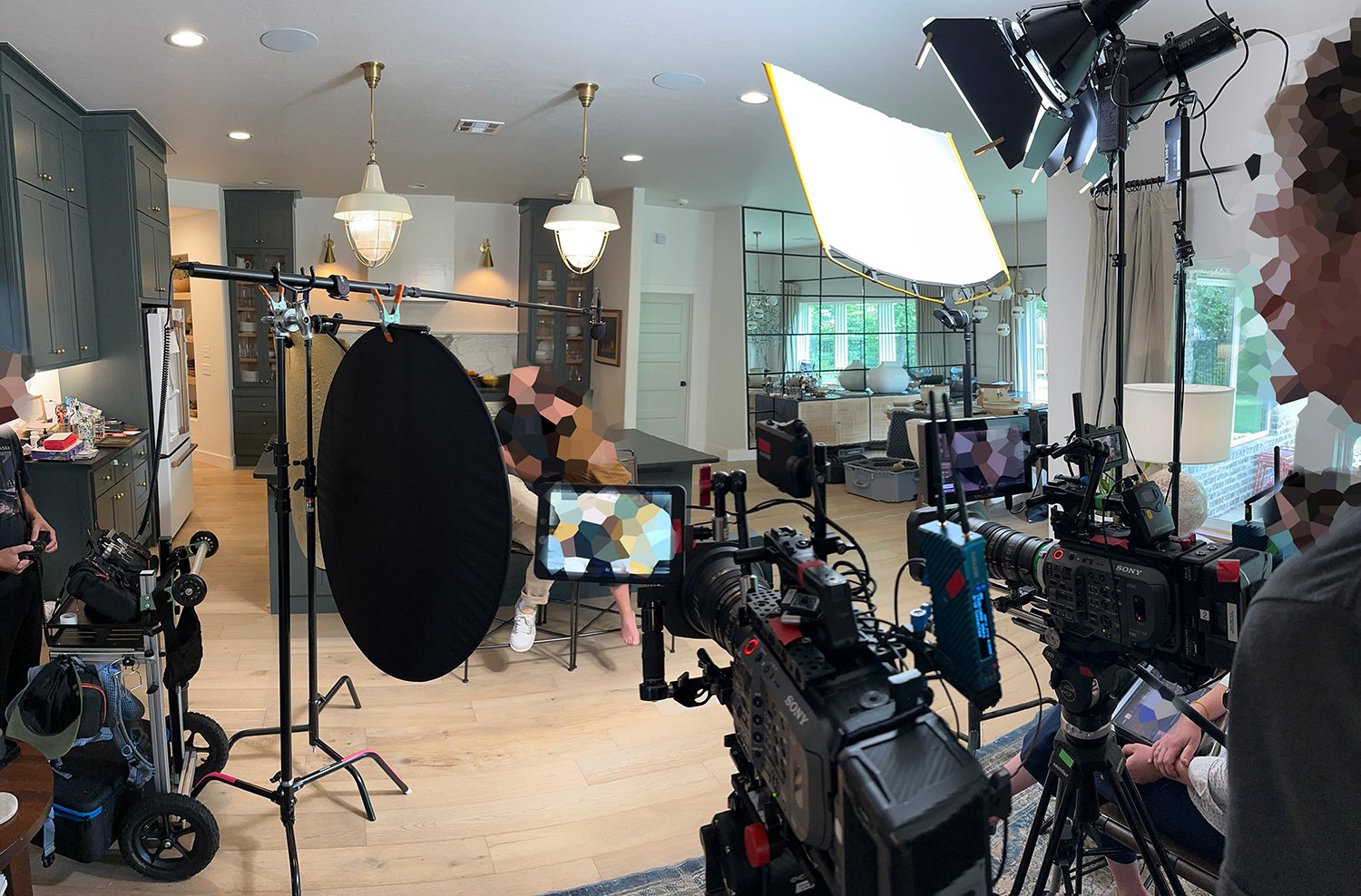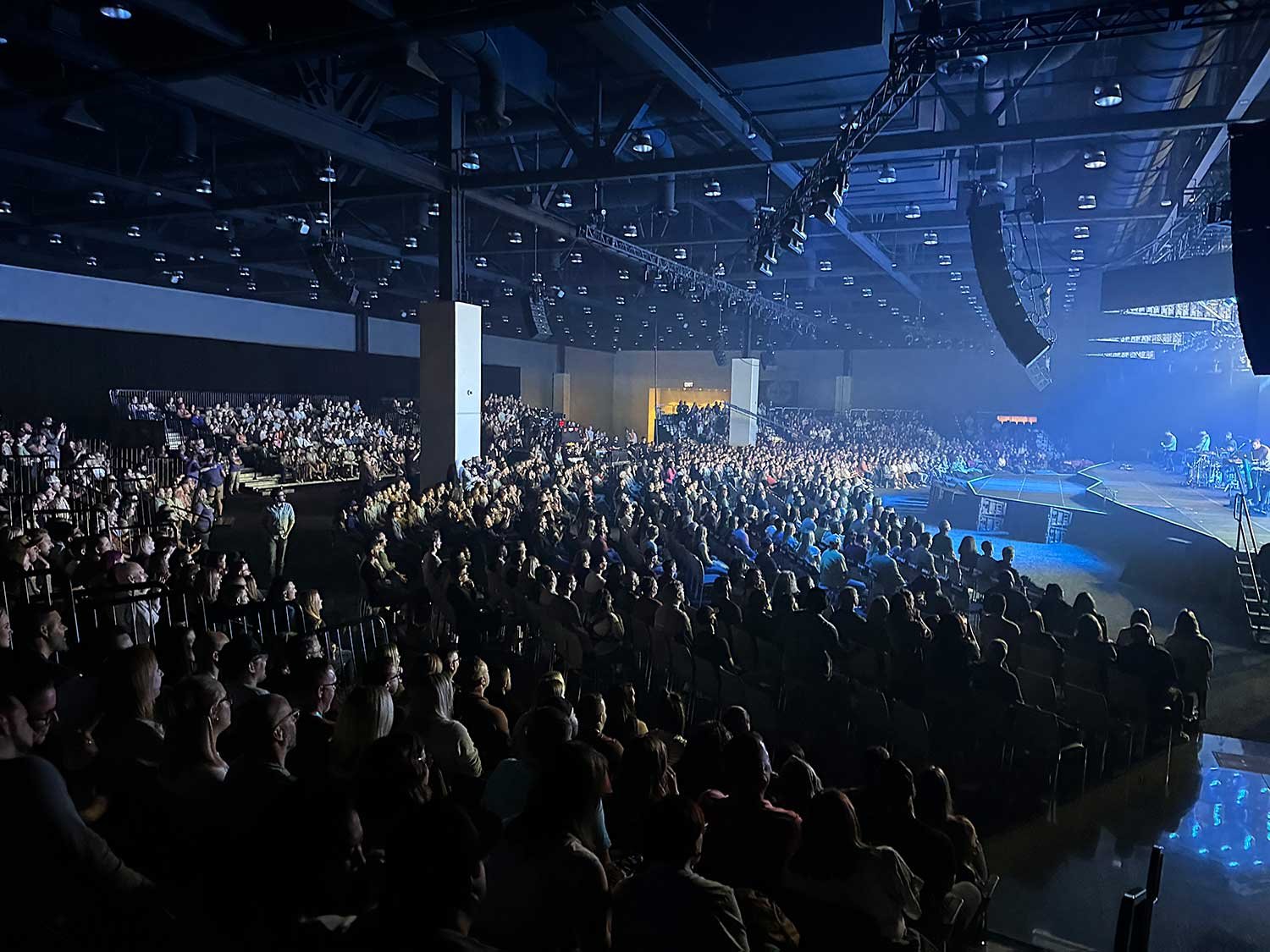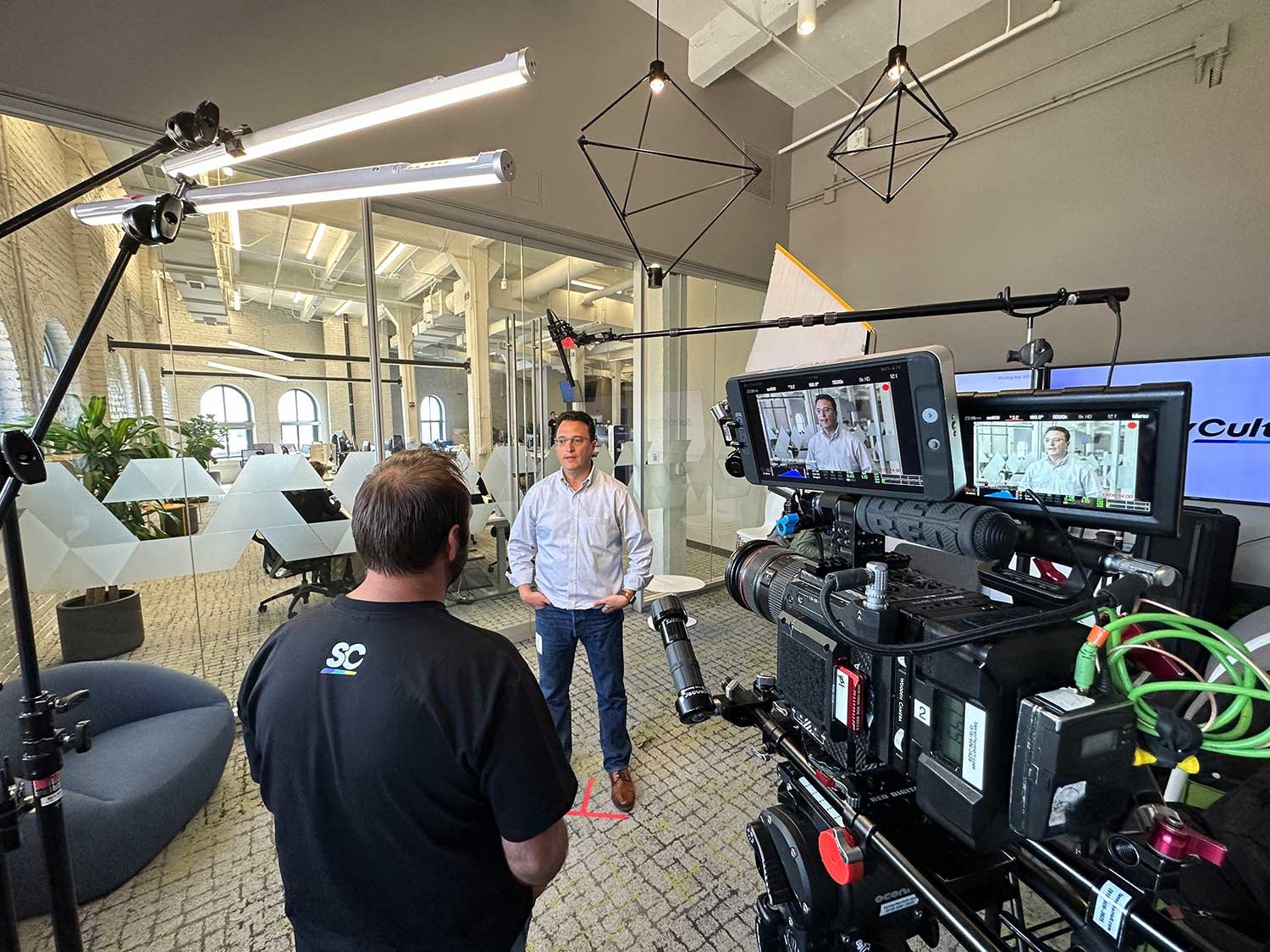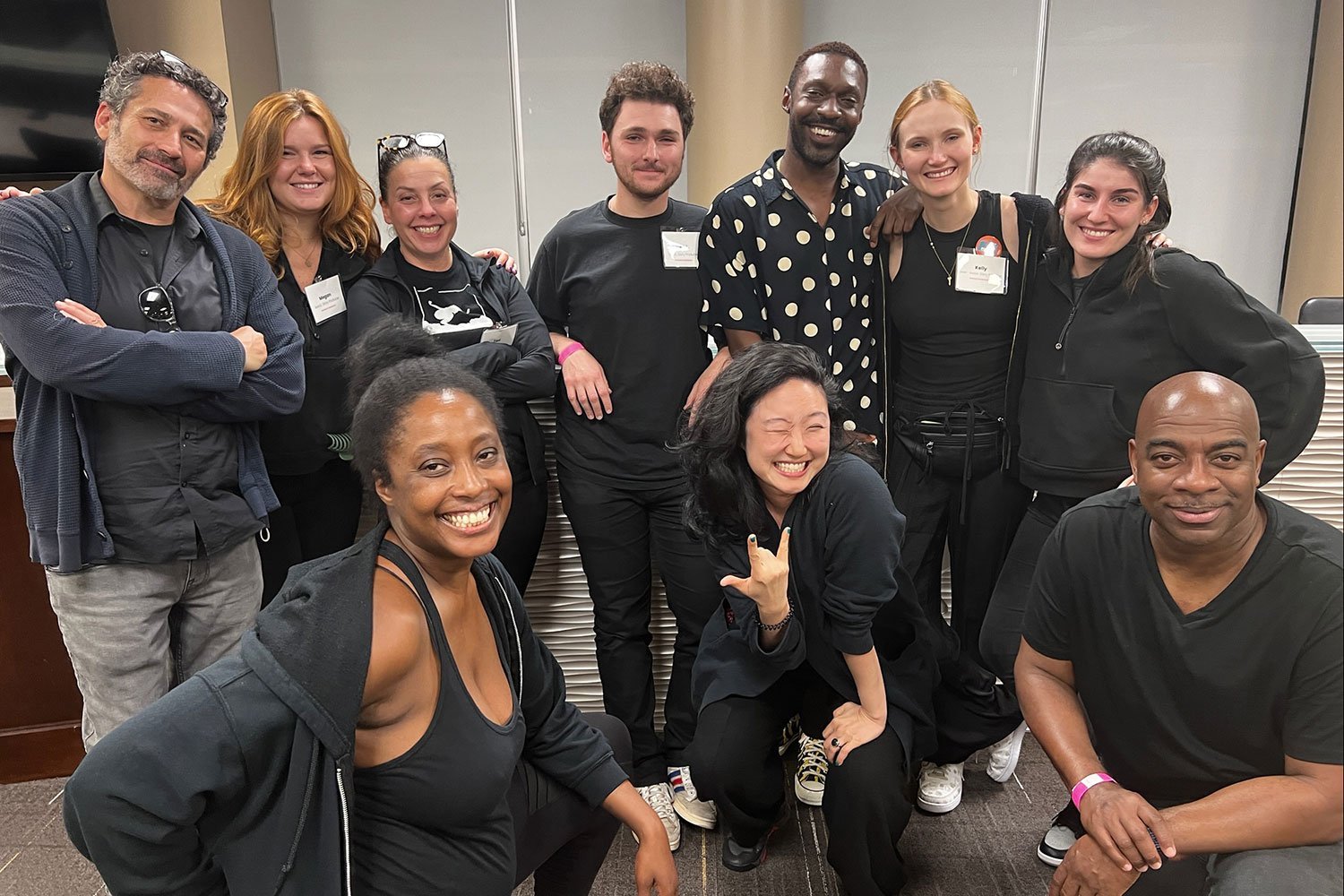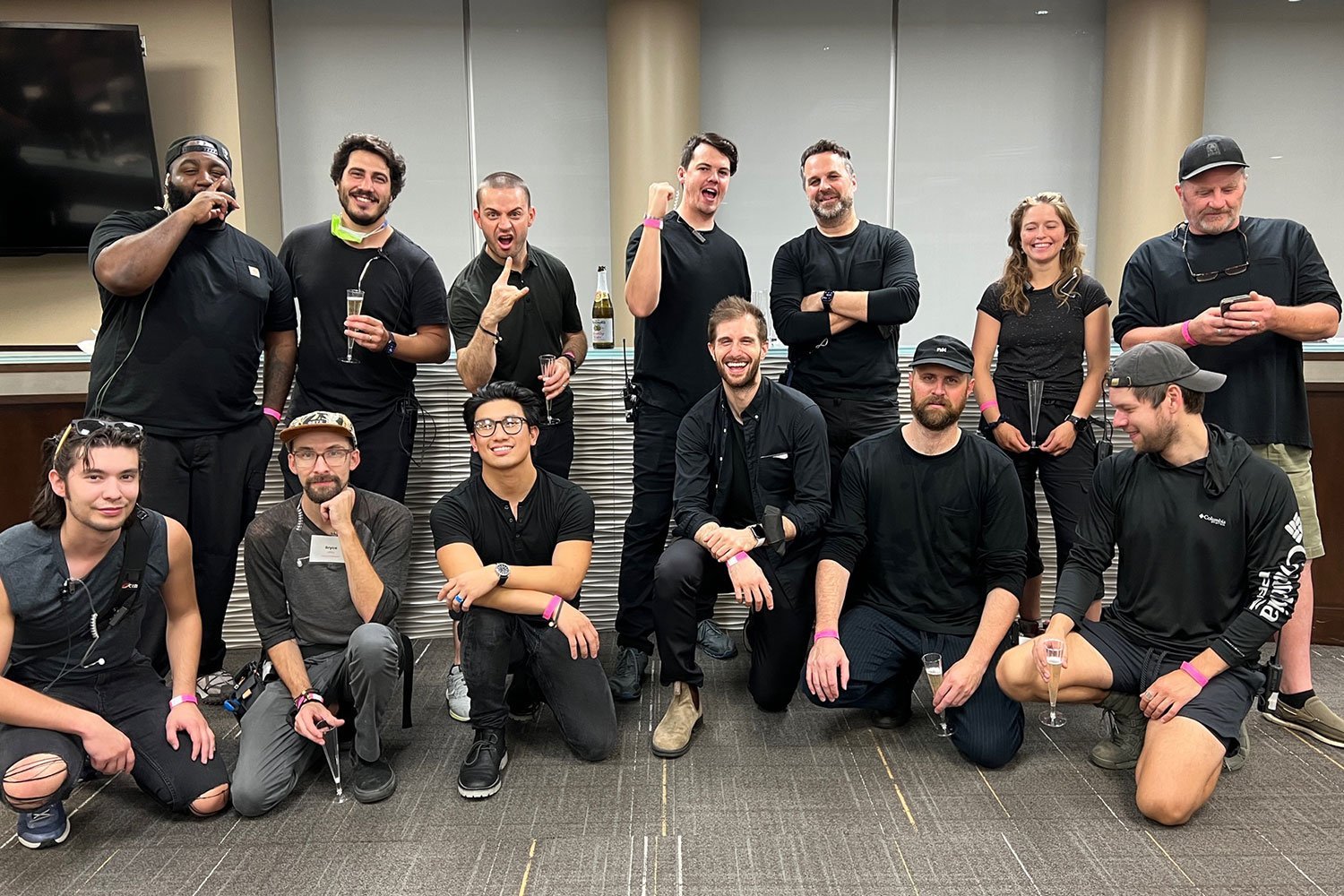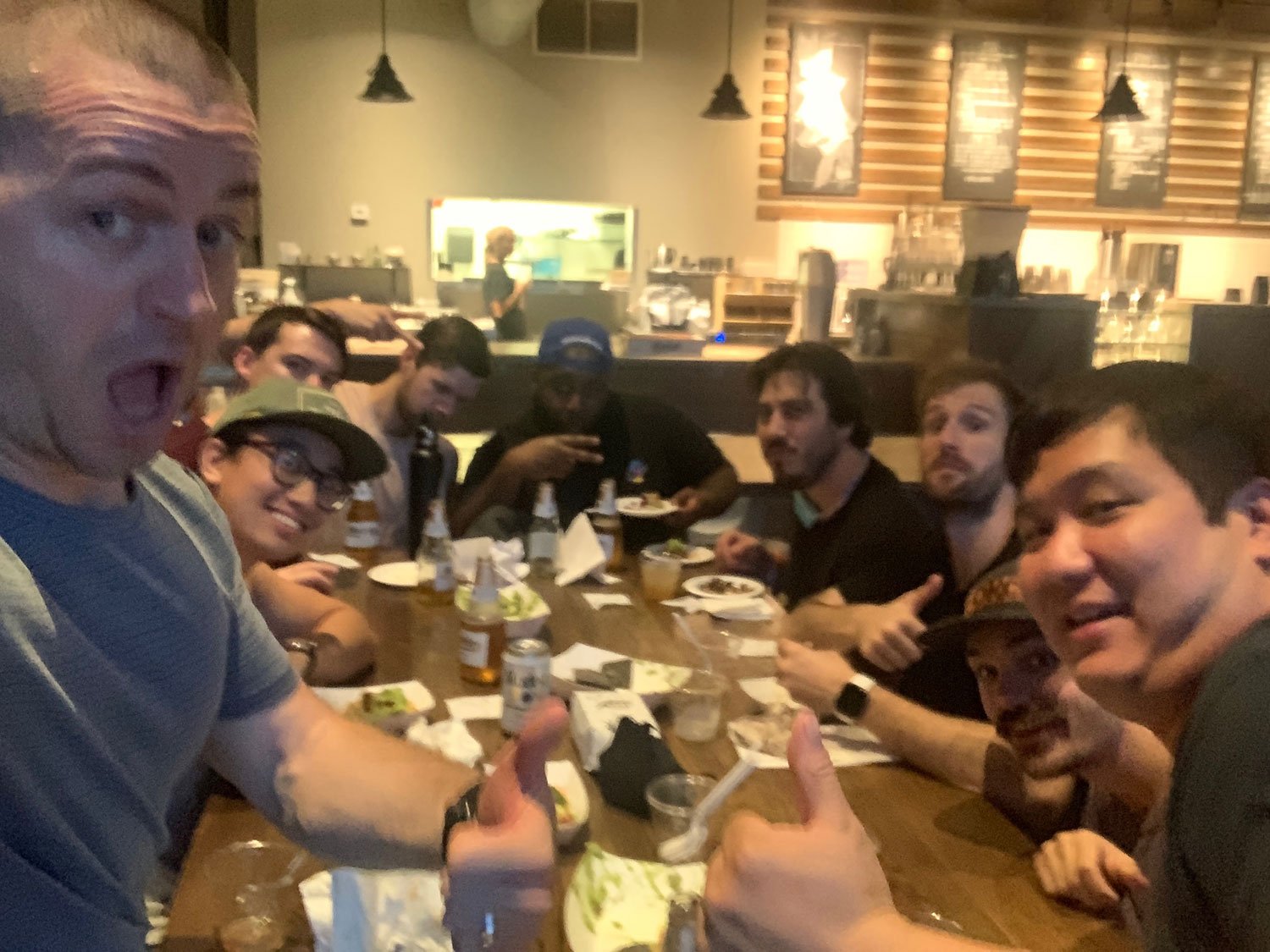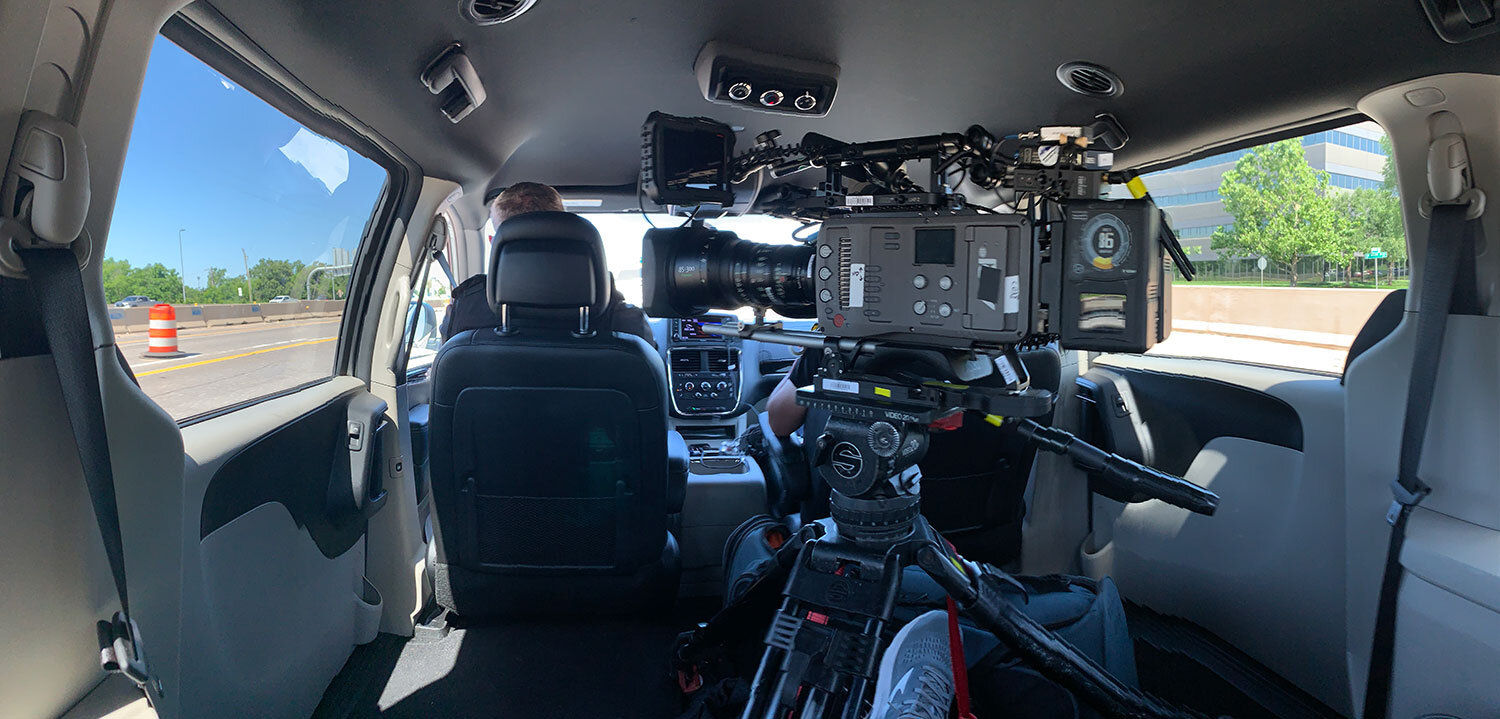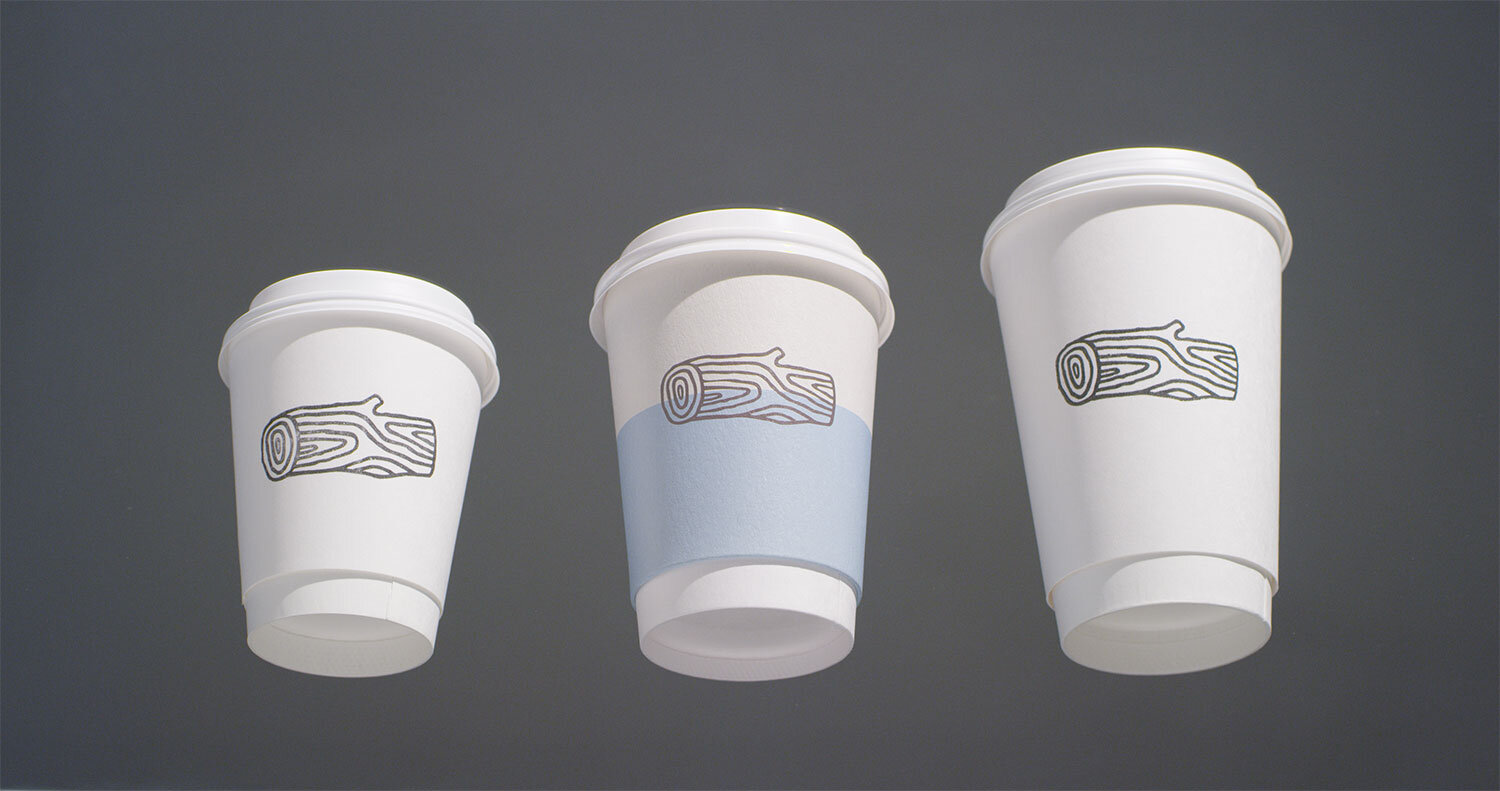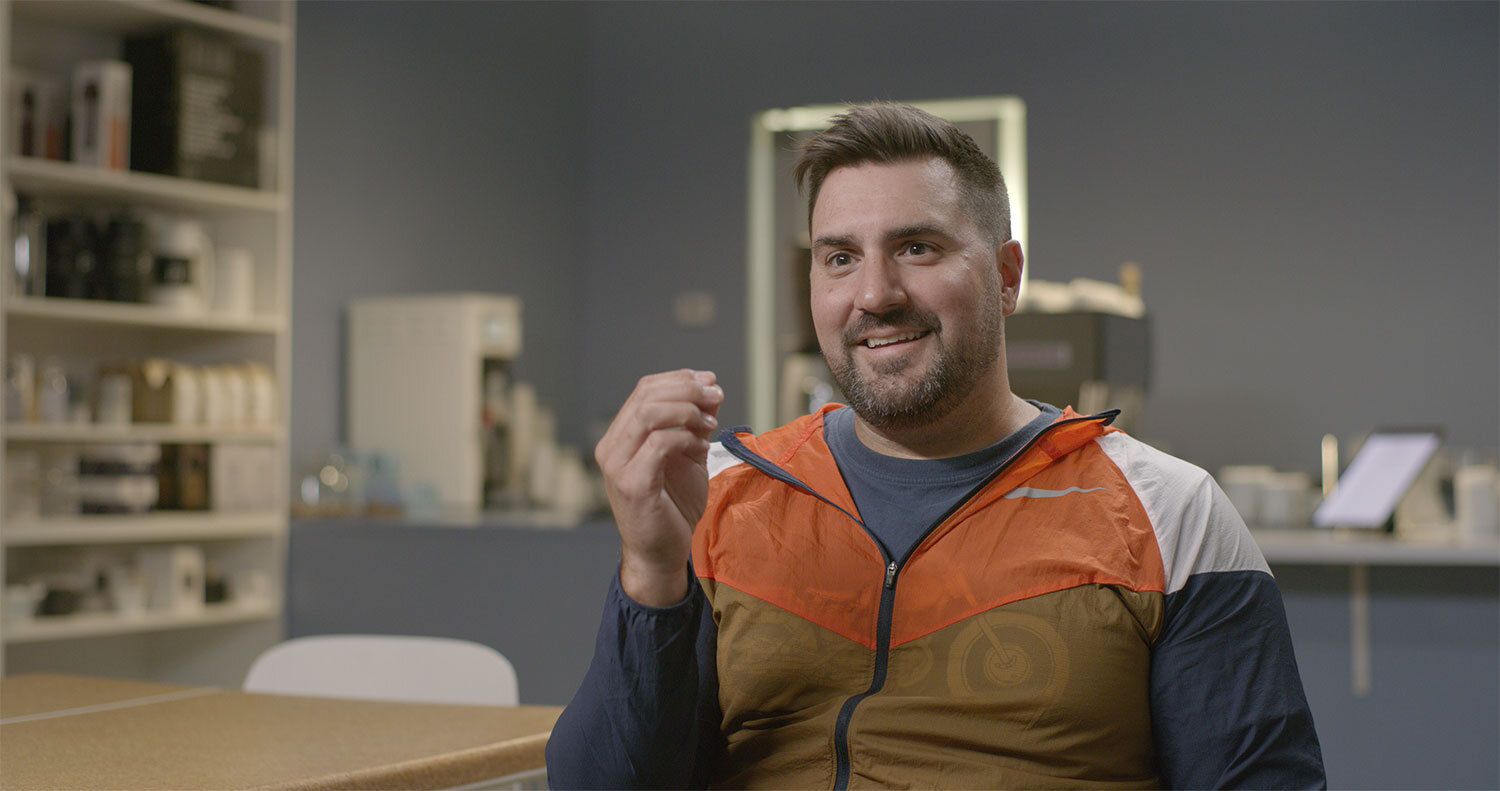Well dang... It's been six weeks since the last blog post. During that time I had a trip out to Denver with the OU MBA program, two work trips out to Bentonville, AR, another work trip out to Springfield, MO, and a crap ton of grad school work to plow through. It's been busy to say the least. Like, "stress induced physical pain" levels of busy. As always, crazy thanks to Saint Anne the Wife for putting up with my nonsense and keep our two housefires from burning the place down while I've been so busy and traveling .
This last week I had my final exams in both my Managerial Economics and Business Law & Ethics classes. I've not seen my final grades yet, but I'm confident I landed an A in my economics class and goodness knows what I got in that legal class. I'd applied to law school years ago, but decided against going. Still pretty sure I made the right decision, especially now after going through these last seven weeks. Still, there's plenty I picked up in that business law & ethics class considering the nearly 80 pages of handwritten notes and the 19 page study guide I'd put together in studying for that final.
Work-wise I got connected to a true crime show that kept me crazy busy. It's been a two camera shoot on Sony cameras (FS7s and/or FX9s) as well as a couple drone days on my Mavic 3. As much as I'm not a fan of Sony cameras and their dumpster fire of a menu, those FX9s are kinda growing on me; those FS7s can go straight to hell.
I picked up a couple used Hive Hornet 200-Cs LED lights that were on sale and I'm for sure a fan. I'm diggin' being able to control the color and intensity of my Titan tubes and now these 200-Cs with my iPhone. As much as I love the Hives, I've had some issues with the units shifting colors while I'm using the app, but so far I'm blaming user error. I'd love to pick up one of their Super Hornet 575-Cs, but that's crazy money. I also got introduced to some 3d printed gold mount plate covers that were super interesting. Can't say I'm rusing out to pick up a couple of my own, but the possibilities are interesting.
Another gem from the last few weeks was landing short-term drone insurance through Skywatch.ai. My current production insurance won't even consider covering drones, but I was able to pick up a month's worth of covereage for a client shoot for about $62. Not bad.

